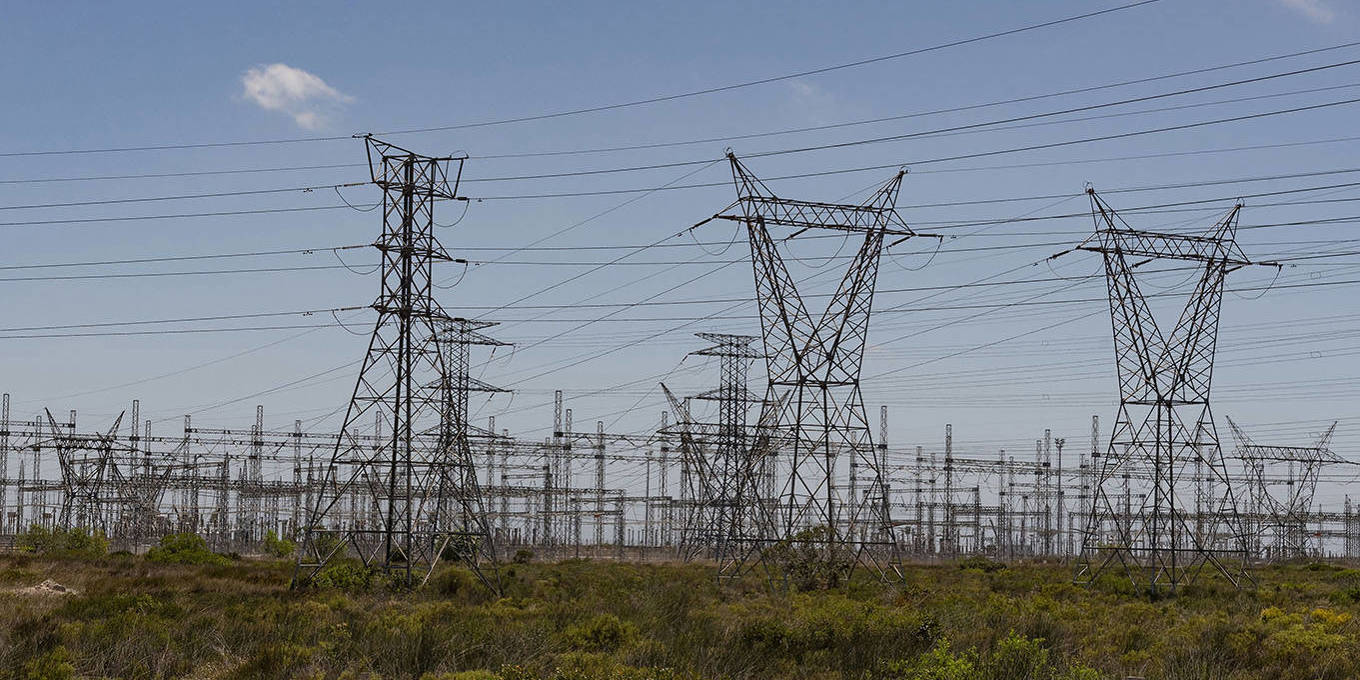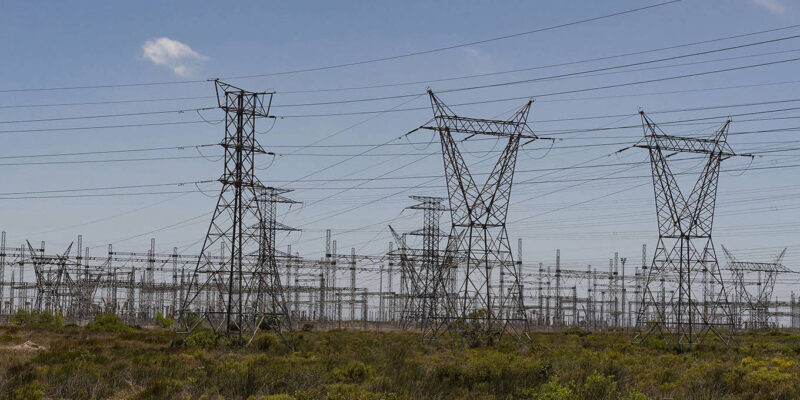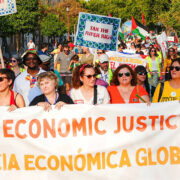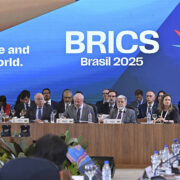
Africa will not achieve universal access to reliable electricity without significant investment in transmission infrastructure, which in turn requires private-sector participation. Fortunately, Africans recognize the problem and can adapt strategies that have already worked in other parts of the Global South.
CASABLANCA – Too often, the conversation about Africa’s energy challenge focuses only on connecting end users. With around half of the people living in Sub-Saharan Africa lacking access to electricity, and with four out of five in need of clean cooking solutions, extending electricity connections is indeed an urgent priority. But connecting households and businesses to power sources is only part of the solution. The other part is to ensure that energy supply is both dependable and affordable.
- Paydays and Maydays in the Global South
 Getty Images
Getty Images - Getting Abundance Right
 Bettmann Contributor/Getty Images
Bettmann Contributor/Getty Images - The Western Balkan Bellwether
 Getty Images
Getty Images
Among Africans who do have access to an electricity grid, not even half can count on a reliable supply. Yet without dependable electricity, households and businesses cannot adopt lighting, stoves, computers, irrigation, farming equipment, sewing machines, and other devices that could boost prosperity and improve living standards. This is one of the main reasons why electricity demand remains low across the continent.
One of the keys to resolving Africa’s electricity reliability and affordability challenges is greater investment in grids. The right investments in transmission can help stabilize the grid, reduce outages, improve efficiency, and make better use of the lowest-cost sources of energy wherever they are on the continent. Without transmission, all other investments in electricity generation and household connections will likely end up underused.
The cost of developing transmission projects is only a small part of the total outlays needed to deliver universal electricity access. The International Energy Agency (IEA) estimates that Sub-Saharan Africa needs annual energy-access investments exceeding $30 billion per year between now and 2030 – more than eight times the $3.7 billion invested annually today.
To mobilize higher investment in grids, African governments must engage the private sector. That means establishing clear, long-term regulatory and policy frameworks that will attract investors and reduce the cost of financing for new projects. As matters stand, nearly all transmission networks on the continent are operated and financed by state-owned utilities with limited financial resources.
We know that this can work. In 2024, Africa’s power sector achieved another year of double-digit growth, largely owing to rising private-sector participation. Now, the transmission buildout can follow the same recipe for success.
Introductory Offer: Save 30% on PS Digital 
Introductory Offer: Save 30% on PS Digital
Access every new PS commentary, our entire On Point suite of subscriber-exclusive content – including Longer Reads, Insider Interviews, Big Picture/Big Question, and Say More – and the full PS archive.
Subscribe Now
African countries can also look to other developing and emerging-market economies for serviceable models. In Brazil, policy and regulatory reforms initiated in the 1990s opened the country’s power networks to private investment. Since then, according to the IEA, transmission and distribution capacity has more than quadrupled, allowing Brazil to achieve universal electricity access.
Similar models will soon make their debut in Africa. For example, Africa50, a multilateral infrastructure investor and asset manager created by African governments and the African Development Bank, and Power Grid Corporation of India, one of the world’s largest transmission infrastructure developers and operators, have co-developed the Kenya Transmission Public-Private Partnership. In collaboration with the Kenyan government, the partnership aims to construct approximately 250 kilometers (155 miles) of new transmission lines to channel renewable energy generated in northern regions to industrial hubs and demand centers in the country’s west.
Such public-private partnerships are crucial for closing the massive gaps that persist in energy infrastructure funding and implementation. Through regulatory reforms and risk-sharing mechanisms, private capital can help to advance projects that would be challenging to finance otherwise. India has benefited from such models ever since it started deregulating its power sector in 1998. The Tala Transmission project – a partnership between the state-owned Power Grid Corporation of India and Tata Power – is a prime example.
Closer regional coordination is also essential. Investing in modern grid interconnectors allows electricity to be traded from countries with excess supply to those with not enough. Such networks can play a major role under emergency conditions, such as the devastating drought crippling Zambia’s hydropower output. Already, 12 African countries in the West African Power Pool have permanently synchronized their grids, and the South African Power Pool is developing several interconnector transmission lines to support greater integration.
Still, Africa will need more dispatchers and planners to make full use of existing regional grid interconnections and lay the groundwork to commission new ones. Greater regional integration also will help investors derisk their projects, by expanding their potential pool of customers.
Africa will not achieve universal access to reliable electricity without significant investment in transmission infrastructure; but such investment will not materialize without fostering greater private-sector participation. Globally, investment in the energy sector is growing, particularly in renewables, electrification, and resilient grid infrastructure. But to capitalize on this trend, governments must lead with meaningful policy and regulatory changes. Countries like South Africa, Kenya, and Morocco offer clear examples, having successfully attracted private-sector energy investment by establishing long-term energy plans and targets, encouraging public-private partnerships, and streamlining administrative processes.
Developing and emerging-market economies can learn from one another. Those that have delivered near-universal access to electricity have done so by unlocking the necessary capital flows. This should be policymakers’ top priority. Once you have secured reliable power, you can pursue economic development and start to improve hundreds of millions of lives.











Comments